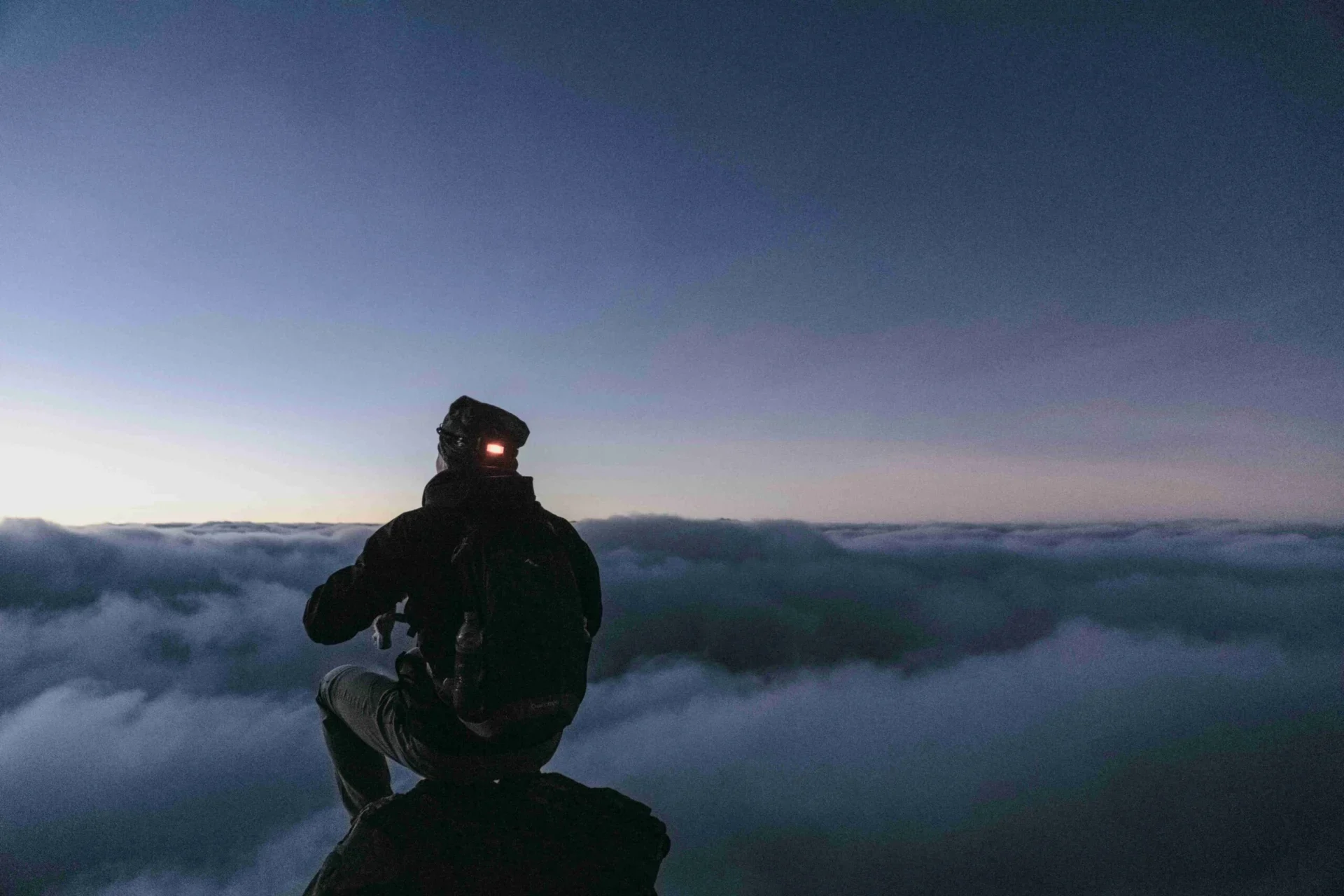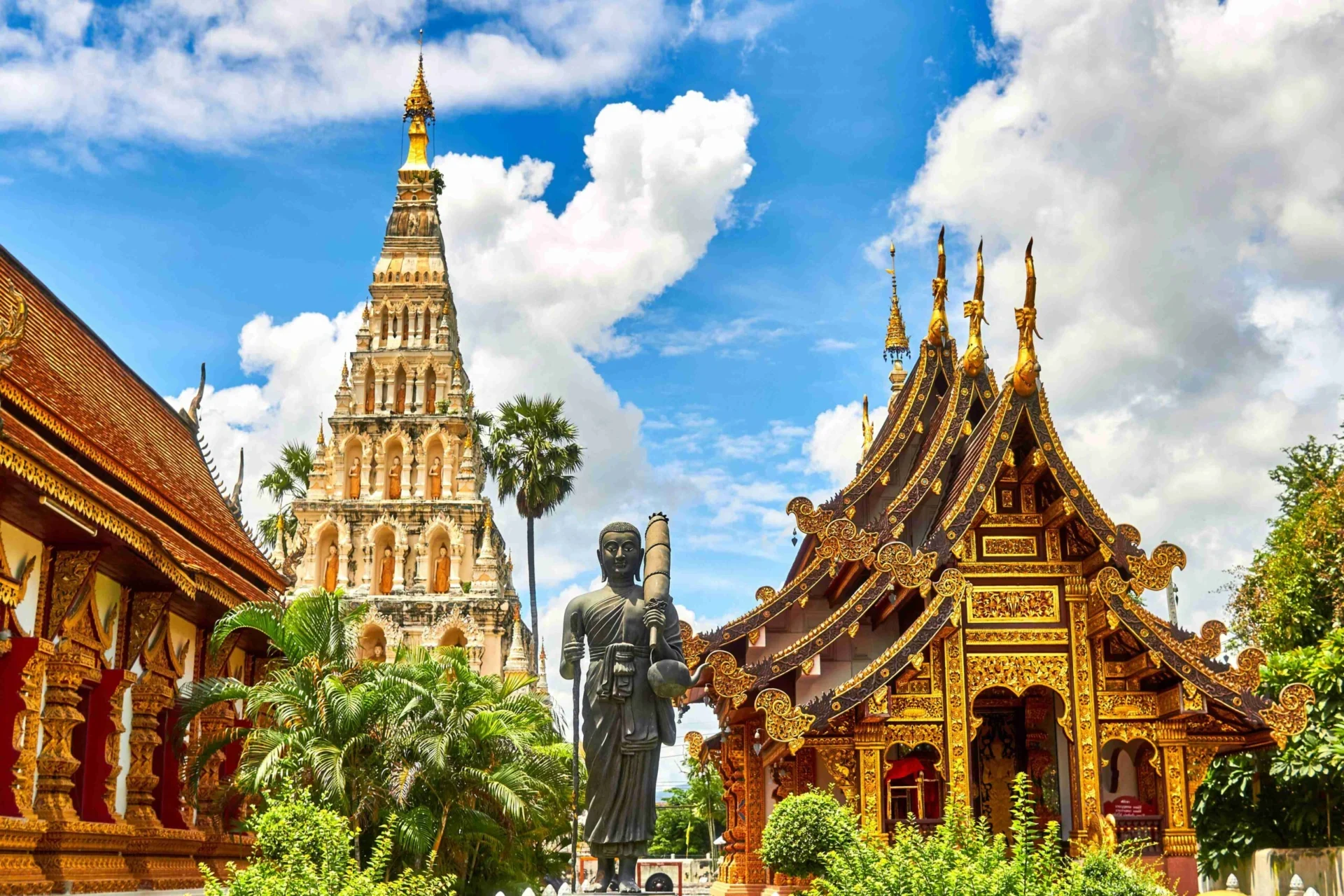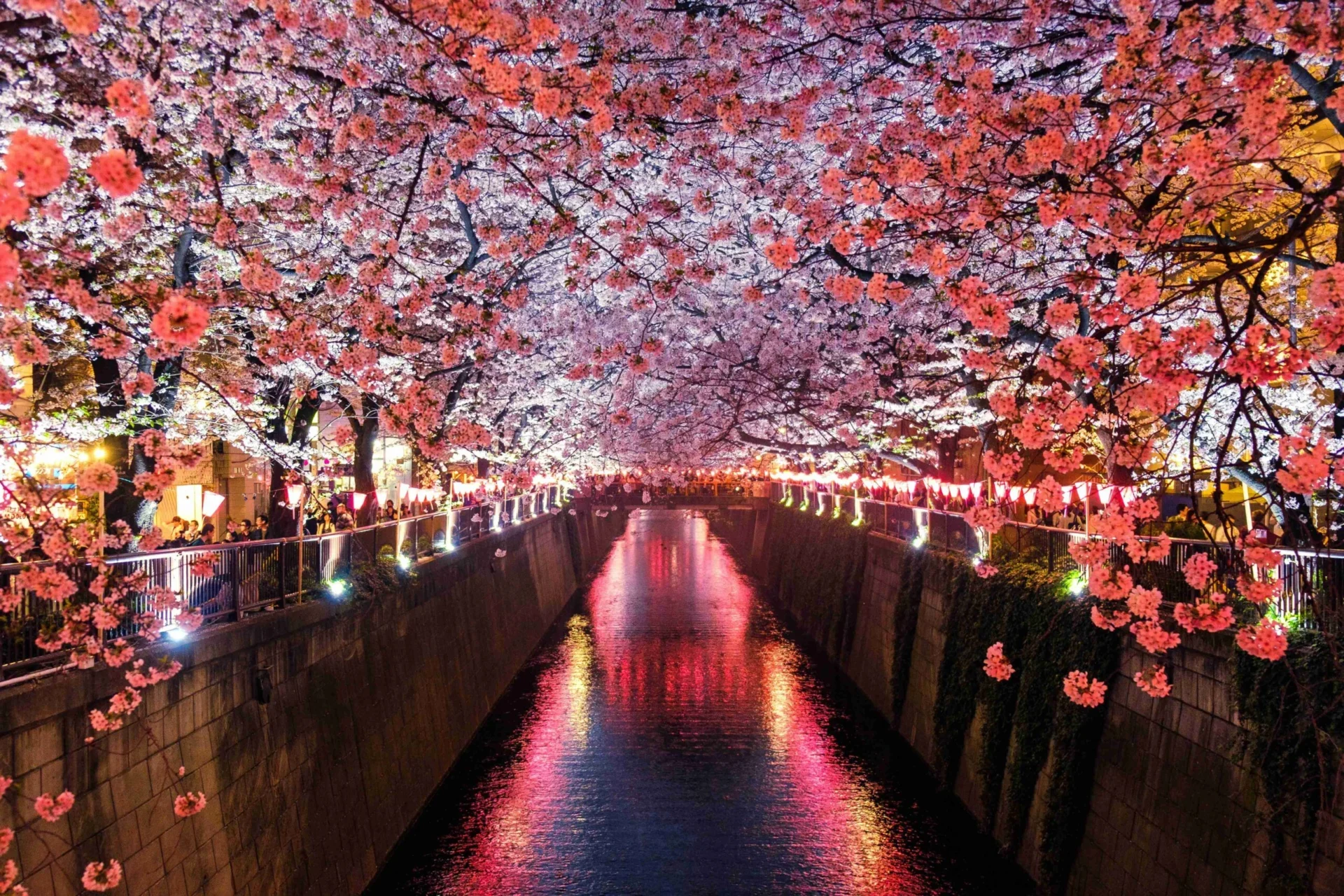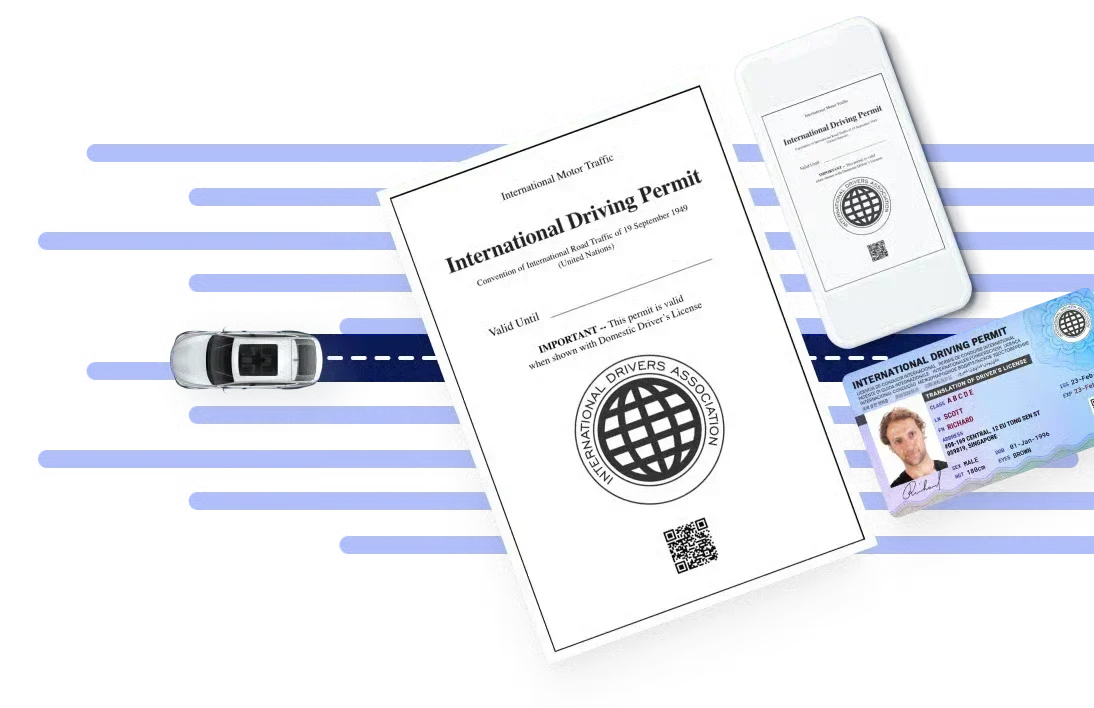Travel isn’t just about ticking destinations off a list anymore. For Indian millennials, it’s about collecting experiences, understanding different cultures, and creating memories that last a lifetime. Whether you’re a first-time traveler or a seasoned globetrotter, this comprehensive guide will help you navigate the exciting world of international travel.

Source: Photo by Lê Tân on Unsplash
Comprehensive Travel Planning Guide
Successful international travel requires more than just choosing a destination. It demands careful planning, financial preparation, and a strategic approach to ensure a smooth and memorable experience. The key is to balance excitement with practicality, creating a travel strategy that maximizes experiences while minimizing potential challenges.
Financial Planning and Budgeting
Managing finances is crucial for any international trip. Start by creating a detailed budget that goes beyond basic travel expenses. Research exchange rates and inform your bank about international travel to prevent any unexpected card blockages.
Experts recommend dividing your travel budget strategically : allocate approximately 30% for accommodation, 25% for food and dining, 20% for activities and experiences, 15% for transportation, and 10% for emergencies.
Diversify your payment options by carrying multiple methods. A mix of credit cards, travel cards, and some local currency ensures you’re prepared for various situations. Look into travel-friendly credit cards that offer international transaction benefits, cashback on travel expenses, or travel insurance as part of their package. Consider using apps that track foreign currency rates and help you manage expenses in real-time.
Documentation and Preparation
Proper documentation is the foundation of stress-free international travel. Ensure your passport is valid for at least six months beyond your planned return date. Many countries reject entry if your passport is close to expiration. Create digital and physical copies of important documents like your passport, visa, travel insurance, and emergency contacts. Store digital copies in secure cloud storage and carry physical copies in a separate location from the originals.
Research visa requirements well in advance for your destination. Some countries offer visa-on-arrival for Indian passport holders, while others require complex application processes. Check vaccination requirements and maintain a digital and physical record of your vaccination history. Consider travel insurance that covers medical emergencies, trip cancellations, and lost luggage.
If you’re planning to rent a car to explore your chosen destination, it’s important to secure your IDP. While many find this a hassle, there are actually ways to get one without having to wait for days or weeks. For example, the International Drivers Association is a platform that can provide you with a digital copy of an IDP within 8 minutes ! All you have to do is upload your existing Driver’s License and wait for a while. If you wish for a physical IDP, you can have it delivered to you.
Packing Strategies and Essential Items
Packing smartly can significantly enhance your travel experience. Focus on versatility and comfort rather than quantity. Choose clothing that can be layered and mixed-and-matched, reducing the overall luggage weight. Invest in a good quality, lightweight backpack or suitcase with multiple compartments.
Essential items should include a universal power adapter, portable charger, basic first-aid kit, quick-dry towel, and minimal toiletries. Digital preparation is equally important. Unlock your phone for international SIM cards, download offline maps, translation apps, and ensure you have cloud backup for photos. Consider purchasing a local SIM card or an international data plan to stay connected affordably.
Communication and Cultural Sensitivity
Effective cross-cultural communication is an art that goes beyond language. It’s about understanding and respecting the unique social dynamics of each destination, creating meaningful connections that transcend linguistic barriers.
Language Basics
Master a few essential phrases in the local language: “hello,” “thank you,” “please,” “excuse me,” and “do you speak English?” These simple words demonstrate respect and show locals you’re making an effort to connect. Use language learning apps to practice before your trip, but don’t worry about perfect pronunciation. The attempt itself is what matters most.
Non-Verbal Communication
Body language varies dramatically across cultures. What’s acceptable in one country might be offensive in another. Some critical non-verbal communication tips include:
- Avoid thumbs-up gestures in Middle Eastern countries
- Understand that eye contact norms differ globally
- Be mindful of personal space boundaries
- Learn local greeting customs (bowing in Japan, handshakes in Western countries)
Dress Codes and Cultural Respect
Clothing is a powerful form of cultural communication. Key guidelines include:
- Dress modestly in conservative countries
- Cover shoulders and knees when visiting religious sites
- Carry a lightweight scarf or shawl for quick adaptations
- Research specific dress expectations for your destination
- Avoid revealing clothing in religious or traditional areas
Cultural Taboos and Sensitive Topics
Navigate social interactions carefully by:
- Avoiding political and religious debates
- Respecting local concepts of “saving face”
- Listening more than speaking
- Asking permission before taking photographs
- Being cautious about personal questions
Technology and Communication Etiquette
Digital communication has its own set of cultural rules:
- Be mindful of smartphone use in social settings
- Ask permission before photographing people
- Respect local privacy norms
- Understand that constant device checking can be considered rude in many cultures
Building Genuine Connections
The key to successful cultural communication is:
- Approach new experiences with humility and curiosity
- Show genuine interest in local culture
- Be willing to learn from your mistakes
- Embrace cultural differences with an open mind
Remember, you’re not just a tourist, but a global citizen. Every interaction is an opportunity to learn, grow, and create meaningful connections that go beyond typical travel experiences. Cultural sensitivity transforms your journey from a simple trip to a profound cultural exchange.
Safety Considerations
Personal safety should always be a priority. Register with your country’s embassy at the destination, share your detailed itinerary with family members, and keep emergency contacts handy. Use reliable transportation methods, stay aware of your surroundings, and trust your instincts. Consider purchasing a local SIM card for easy communication and data access.
Money-Saving Travel Hacks
Traveling on a budget doesn’t mean compromising on experiences. Travel during off-peak seasons when prices are lower and destinations are less crowded. Use budget airlines and consider overnight trains or buses to save on accommodation. Stay in hostels or shared accommodations, and look for free walking tours in major cities.
Leverage student or youth discounts whenever possible. Many attractions offer reduced rates for young travelers. Use city tourist passes that bundle multiple attractions at a discounted rate. When it comes to food, mix dining out with cooking some meals and trying street food, which is often delicious and significantly cheaper.
Technology and Connectivity
Modern travel is deeply intertwined with technology. Ensure your devices are international-travel-ready . Back up your data before leaving, carry portable chargers and consider a portable Wi-Fi device for consistent internet access. Download offline maps, translation apps, and travel-tracking apps to navigate easily.
Perfect Locations for Indian Travelers
1. Thailand: A Traveler’s Paradise
Bangkok is a sensory explosion that goes far beyond typical tourist experiences. The city offers a remarkable blend of urban energy and cultural richness, where ancient temples stand alongside modern skyscrapers. Travelers can navigate the famous Chatuchak Weekend Market, sampling an incredible array of street food that ranges from sweet mango sticky rice to fiery tom yum soup.
Cultural enthusiasts will be mesmerized by the Grand Palace and Wat Pho temple complex, which showcase intricate Thai architecture and centuries of historical significance. As the sun sets, the city transforms, offering diverse nightlife experiences. Budget travelers can explore the legendary Khao San Road, while those seeking more upscale entertainment can venture into the Sukhumvit area.
Pattaya presents a different side of Thailand , perfect for adventure seekers and beach lovers. The destination is a paradise for water sports enthusiasts, offering everything from heart-pumping parasailing and jet skiing to serene scuba diving experiences. Day trips to Koh Larn provide access to pristine beaches that seem almost too perfect to be real.
What makes Pattaya truly special is its accessibility – accommodations range from budget-friendly backpacker hostels to luxurious resorts, ensuring that every type of traveler can experience the magic of Thai coastal life.

Source: Photo by Mathew Schwartz on Unsplash
2. United Arab Emirates: Luxury Meets Adventure
Dubai is a city that defies imagination, blending futuristic innovation with rich cultural traditions. Desert safaris offer an unforgettable experience where travelers can ride camels across golden sands, enjoy traditional Bedouin-style dinners, and experience the raw beauty of the Arabian landscape.
The city’s architectural wonders like the Burj Khalifa, Dubai Mall, and Palm Jumeirah showcase human engineering at its most ambitious. For those interested in cultural depth, the Dubai Museum provides insights into the emirate’s transformation from a small fishing village to a global metropolis.
Tech enthusiasts will be particularly drawn to the Museum of the Future, which presents cutting-edge innovations that seem straight out of a science fiction novel.
Abu Dhabi complements Dubai’s modernity with its own unique attractions. The Sheikh Zayed Grand Mosque stands as an architectural marvel, its white marble design creating a breathtaking visual experience that leaves visitors in awe.
Thrill-seekers can find their paradise at Ferrari World, while art lovers can explore the Louvre Abu Dhabi, which offers a world-class collection in an equally impressive architectural setting. The emirate perfectly balances traditional Arab hospitality with contemporary global experiences.
3. Greece: Mediterranean Magic
Santorini is more than just a destination; it’s a living postcard that comes to life before your eyes. The iconic white-washed buildings with blue domes, perched on volcanic cliffs overlooking the Aegean Sea, create a landscape that seems almost too perfect to be real. Oia village is renowned for offering what many consider the world’s most photographed sunset, where the sky transforms into a canvas of oranges, pinks, and purples.
Wine enthusiasts will appreciate the unique volcanic soil vineyards that produce distinctive local wines. Boat trips around the island offer opportunities to swim in hot springs and explore nearby islands, providing a mix of relaxation and adventure.
Mykonos offers a different Greek experience, blending vibrant party culture with traditional charm. The island’s beach clubs like Super Paradise and Psarou are legendary among millennial travelers, offering day-long parties with world-class DJs and stunning sea views. Just a short boat ride away, the archaeological site of Delos provides a profound historical counterpoint, allowing travelers to walk through an ancient Greek world.
The island’s culinary scene is equally impressive, with traditional tavernas serving fresh seafood and local delicacies that tell the story of Greek cuisine.
4. Bali, Indonesia: Wellness and Adventure
Bali has evolved from a hidden gem to a global destination that perfectly captures the millennial travel spirit. Ubud, the island’s cultural heart, offers a holistic experience that goes beyond typical tourism. Here, travelers can explore stunning rice terraces, wander through vibrant art markets, and participate in yoga and meditation retreats that promise spiritual renewal.
Seminyak provides a more trendy atmosphere with high-end restaurants and beach clubs, while Canggu has become a hub for digital nomads, offering co-working spaces alongside world-class surfing opportunities. The island’s commitment to wellness is evident in its numerous healing centers, organic cafes, and sustainable living practices that attract travelers seeking more than just a vacation.
5. United States: Diverse Experiences
New York City represents the ultimate millennial travel destination, offering experiences that cater to every possible interest. Free walking tours provide an economical way to explore Manhattan’s diverse neighborhoods, each with its own unique character and history.
Budget-friendly attractions like Central Park, the High Line, and the Staten Island Ferry offer incredible experiences without breaking the bank. The city’s cultural landscape is unparalleled, with Broadway shows, world-renowned museums, and a street food scene that reflects its incredible diversity.
The United States’ national parks offer a completely different travel experience. Yellowstone provides opportunities for wildlife watching and geological wonders, with its famous geothermal features creating landscapes that seem almost alien. The Grand Canyon features hiking trails with breathtaking views, especially during sunrise and sunset. Yosemite National Park attracts rock climbers, photographers, and nature enthusiasts with its stunning granite cliffs and diverse ecosystems.
6. Japan: Tradition Meets Futurism
Tokyo epitomizes the perfect blend of tradition and innovation. Akihabara serves as a pilgrimage site for tech and anime culture enthusiasts, with multi-story electronics stores and themed cafes that seem to exist in their own universe. The famous Shibuya Crossing, recognized as the world’s busiest pedestrian intersection, offers a mesmerizing display of organized chaos.
For a truly unique entertainment experience, the Robot Restaurant provides a sensory overload that must be seen to be believed. Budget travelers can take advantage of capsule hotels and incredibly affordable meals from convenience stores, making Tokyo accessible to all.
Kyoto offers a profound contrast to Tokyo’s modernity, providing deep insights into traditional Japanese culture. The city is home to numerous temples like Fushimi Inari and the Golden Pavilion, each telling a story of Japan’s rich spiritual heritage.
Travelers can participate in authentic experiences like tea ceremonies and kimono wearing, providing a genuine connection to Japanese traditions. Cooking classes offer another avenue to understand Japanese culture, allowing travelers to learn the intricate art of preparing traditional dishes.

Source: Photo by Sora Sagano on Unsplash
Final Thoughts
International travel for Indian millennials is more than just a vacation—it’s a transformative journey of personal growth, cultural understanding, and unforgettable experiences. By embracing careful planning, cultural sensitivity, and an open mindset, travelers can unlock extraordinary adventures that broaden perspectives and create lifelong memories.
The world is waiting, and with the right preparation, every destination becomes an opportunity for discovery and self-exploration.
Frequently Asked Questions
How far in advance should I start planning my international trip?
Start planning 3-6 months ahead, especially for visa processing, flight bookings, and accommodation.
What’s the best way to handle currency exchange?
Use a mix of credit cards, travel cards, and local currency. Inform your bank about travel plans and use apps to track real-time exchange rates.
How can solo travelers stay safe abroad?
Register with your embassy, share your itinerary with family, use reliable transportation, stay aware of surroundings, and trust your instincts.






